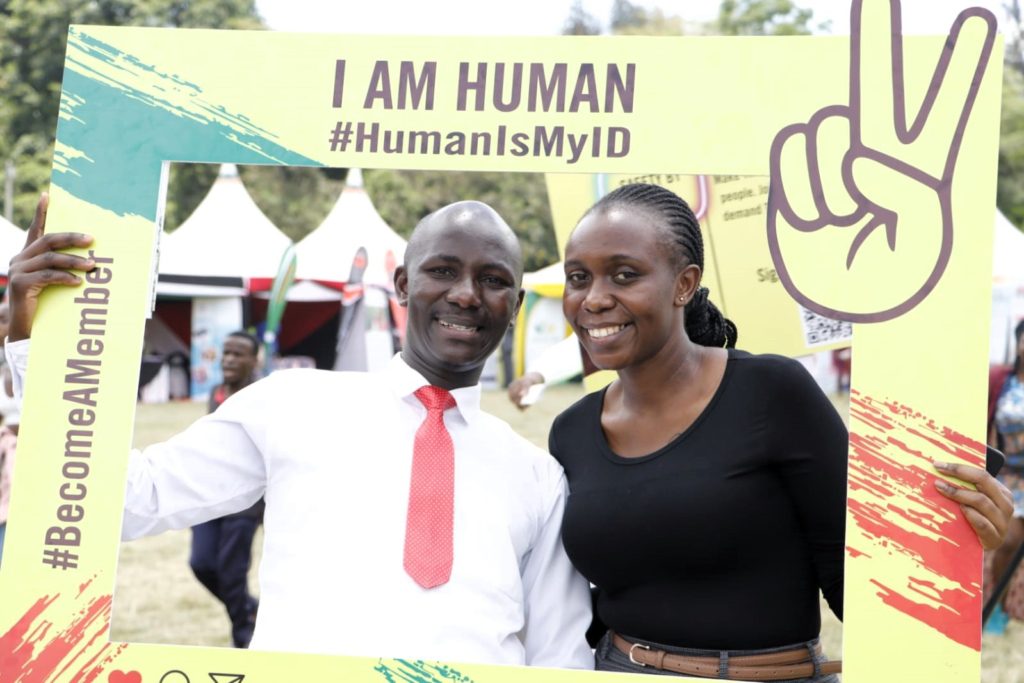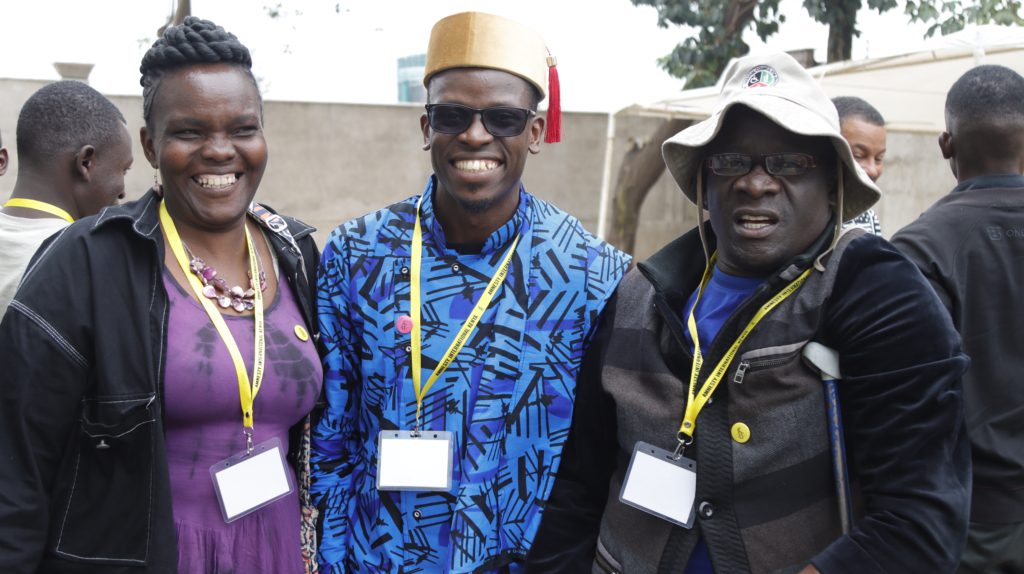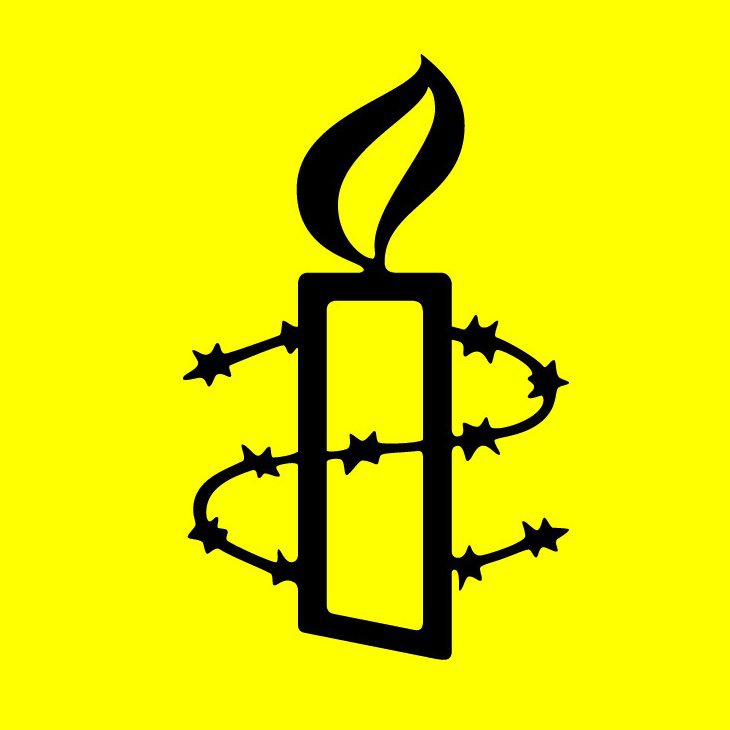Together, we are the backbone of the human rights movement in Kenya.
Amnesty International Kenya’s Circles of Conscience (CoCs) are the heartbeat of our work. These self-organised groups of members—found in communities, schools, and universities across the country—are where human rights advocacy comes alive.
Circles of Conscience are more than just groups. They are safe spaces for solidarity, platforms for education, and engines of accountability. They are led by a new generation of bold human rights defenders who refuse to stay silent in the face of injustice.
By joining or forming a Circle of Conscience, you become part of a powerful grassroots movement—a movement that defends human rights, builds communities of dignity, and holds leaders to account.
Why Circles of Conscience Matter
Each Circle of Conscience works to:
- Mobilize and unite diverse individuals to promote, protect, and realize human rights locally, nationally, and globally.
- Foster solidarity with Amnesty’s human rights movement in Kenya and across the world.
- Shape the direction of Amnesty Kenya by participating in governance through the Annual Delegates Conference.
- Bring campaigns to life, turning Amnesty International Kenya’s national campaigns into local action.
- Provide safe spaces for human rights defenders in their diversity.
- Serve as reference points and resources for human rights education and activism.
- Empower human rights defenders to monitor, report, and act on violations in their communities.

Types of Circles of Conscience
Wherever you are, there’s a Circle for you:
- Secondary School Clubs are our oldest Circles. These student-led clubs in junior secondary and high schools are where young human rights champions begin their journey.
- University & College Chapters are dynamic, self-organized groups of students in universities, colleges, and institutions—driving change on and beyond campus.
- Community Chapters are formed by professionals, alumni networks, friends, residents, and associations who come together to defend human rights at the grassroots.
Structure of a Circle

Each Circle of Conscience is registered with a minimum of 15 members.
They are led by a Secretariat made up of team leaders in key roles, including:
- Chairperson
- Finance, Administration & Resource Mobilization
- Communications
- Membership & Growth
- Campaigns, Outreach, Monitoring & Evaluation
- Patrons, mentors, and other key resource persons
This structure ensures every Circle is equipped to organize, grow, and sustain meaningful human rights action.
Ready to Join the Movement?
You don’t need to be an expert. You don’t need to have all the answers. All you need is the courage to believe in human rights for all—and the willingness to act.
Pick a Circle of Conscience nearest to you—or start your own. Together, we are unstoppable.

